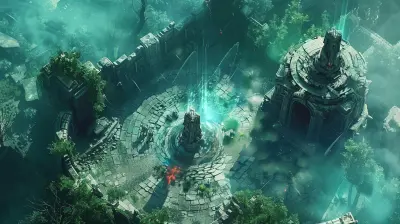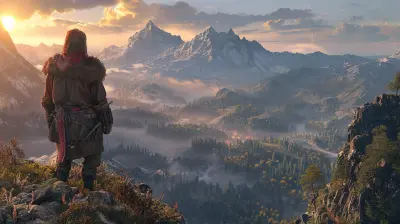How Indie Games Incorporate Environmental Storytelling
27 July 2025
Ever booted up an indie game and instantly felt pulled into its world—not just by flashy dialogue or narrative cutscenes, but by the world itself? Maybe it was a crumbling ruin whispering ancient secrets, or a cozy cabin telling stories of its unseen resident. That, my friend, is environmental storytelling in action. And indie games? They’ve absolutely mastered the art.
In this article, we're going to dive deep into how indie game developers ingeniously use environmental storytelling to captivate players, often with limited budgets and tiny teams. So grab your favorite snack, settle in, and let’s talk about how small studios create big emotional connections—without saying a single word.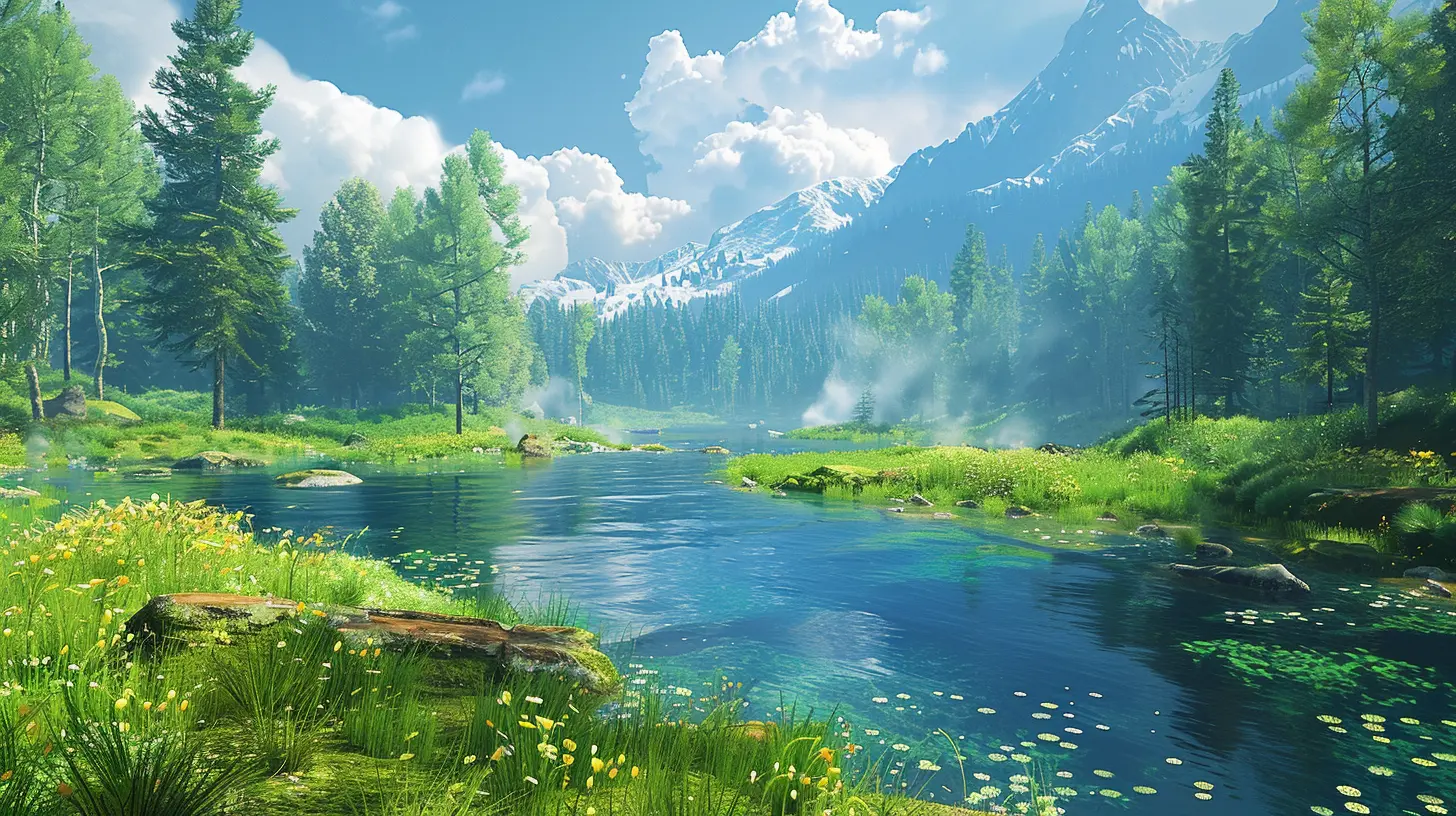
What Is Environmental Storytelling?
Before we really get into it, let’s break things down. Environmental storytelling is the technique of telling stories through the game’s environment—without relying on dialogue or traditional narrative tools. It’s about using the game world itself as a narrative device.Think of it as the world quietly speaking to you.
That graffiti on a wall? A clue about civil unrest. A broken-down robot in a corner? A relic of times past. A room left untouched for years? A thousand untold stories.
It’s subtle, immersive, and incredibly effective when done right.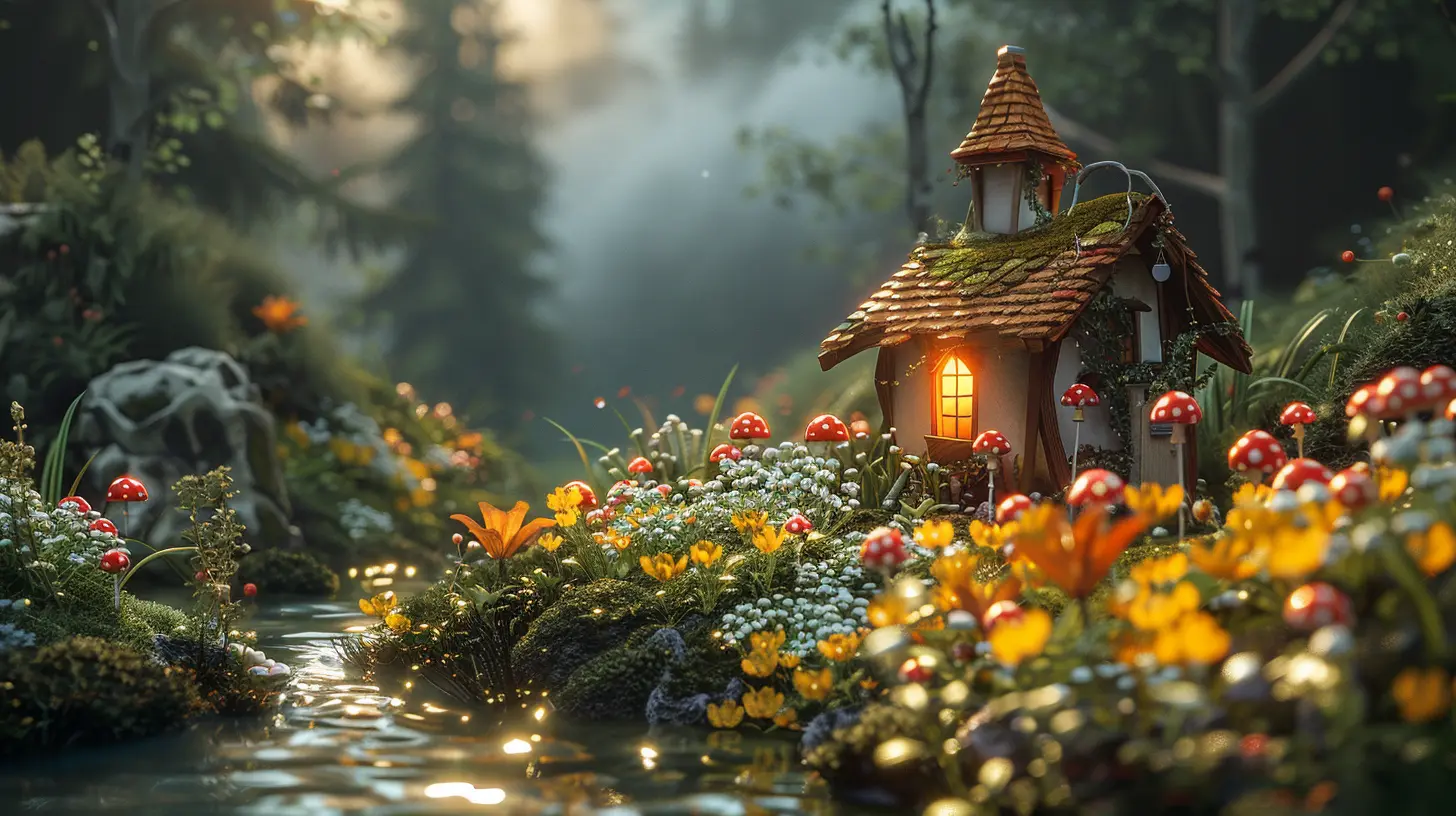
Why Indie Developers Love Environmental Storytelling
Let’s be real—indie devs usually don’t have the same resources as AAA studios. But that’s not a disadvantage. Quite the opposite.Environmental storytelling gives indie developers the power to:
- Work within budget limits: Creating a narrative through assets and level design is often more affordable than hiring voice actors, writing scripts, or animating elaborate cutscenes.
- Create mystery and intrigue: Leaving stories open to interpretation invites players to think, guess, and connect the dots on their own.
- Craft emotional depth: A simple setting can evoke strong emotions when infused with the right environmental cues.
It’s like writing a novel with props instead of words.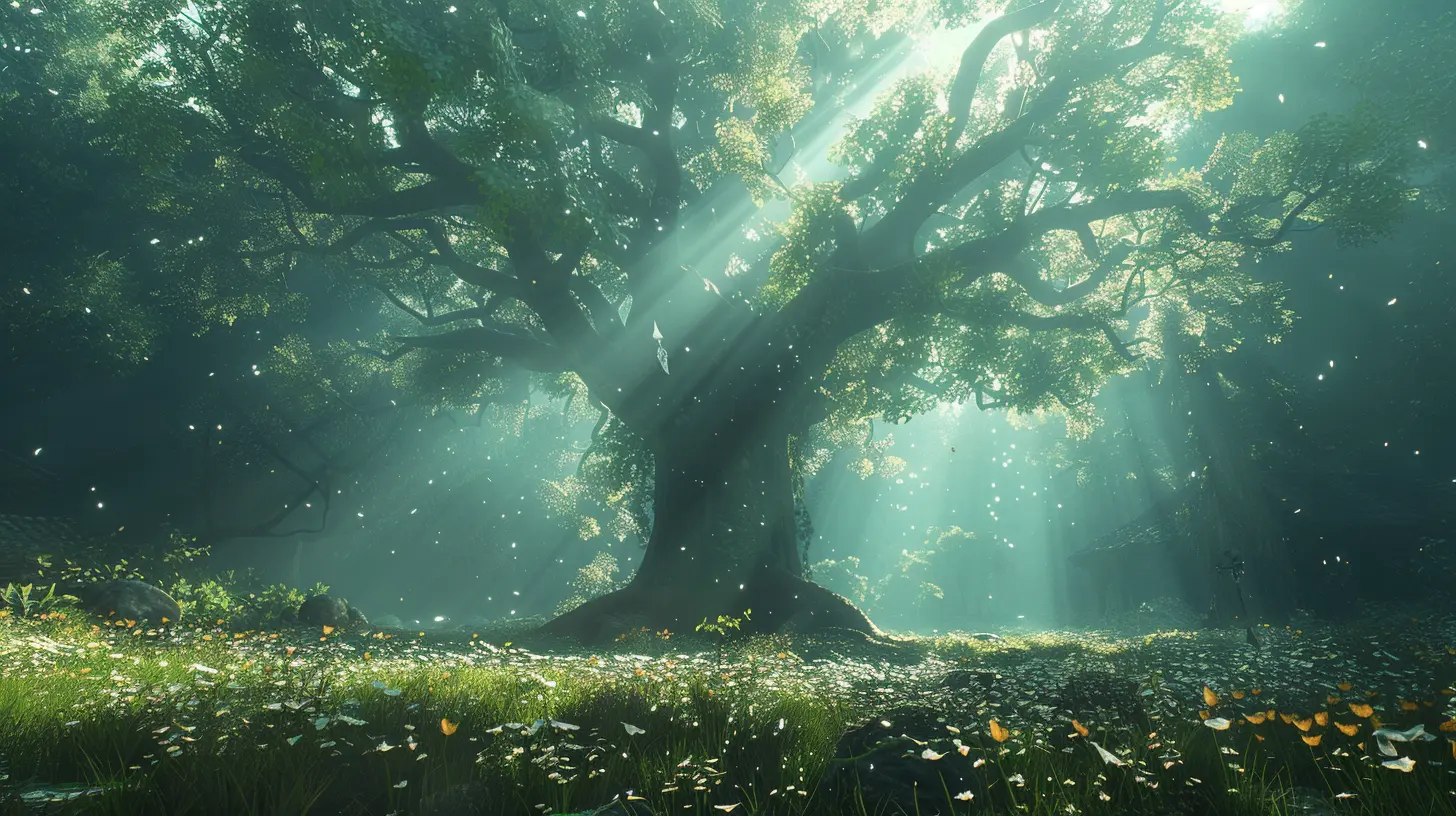
The Power of Subtlety
Here’s the thing—indie devs are artists at heart. They're not concerned with bombarding you with exposition. They want you to feel something, even if you can't quite put your finger on it.And let’s be honest, sometimes saying less says way more, right?
A flickering candle in an abandoned chapel, stormy skies above a shattered city, children’s toys left behind in a forest—these small visual elements speak volumes about a world, its past, and what’s at stake.
Iconic Indie Examples of Environmental Storytelling
Let's take a stroll through some unforgettable indie titles that use environmental storytelling like absolute pros.1. Inside (Playdead)
Inside is a masterclass in “show, don’t tell.” The game has no dialogue, no tutorials, and absolutely zero text. But it doesn’t need any.Everything—from the eerie background experiments to the oppressive architecture—tells a tale of dystopia. You piece the story together purely through the game’s visual language. Every shadow, every sound cue, every movement—it all matters.
You’re not just playing a game. You’re uncovering history.
2. Journey (Thatgamecompany)
Journey takes storytelling to spiritual levels. With minimal direction, you wander through vast deserts, ancient ruins, and snow-capped mountains. You meet fellow travelers, and although you can’t speak, you connect.The environment evolves emotionally—starting with awe, shifting to loneliness, and eventually, hope. The rise and fall of the terrain parallels your character’s emotional journey. Honestly, it’s pure poetry in pixels.
3. Hollow Knight (Team Cherry)
This beautifully hand-drawn Metroidvania plunges you into Hallownest, a ruined kingdom brimming with lore. But here’s the twist: it’s up to you to discover it.As you explore crumbling cities, lifeless bodies, and decaying statues, you pick up on a rich, tragic backstory. From the architecture to the enemies and even the background music, everything tells you something about the fall of this once-great civilization.
The storytelling isn’t forced—it unfolds naturally, almost like archaeology.
4. Firewatch (Campo Santo)
Firewatch mixes environmental storytelling with voice acting, but the real hero here is its use of setting.Set in the Wyoming wilderness, your watchtower, the forest trails, and the abandoned campsites all communicate isolation, curiosity, and emotional struggle. Every new area you explore sheds light on the narrative, not through prompts, but through carefully designed environments that mirror the protagonist's inner turmoil.
How Indie Devs Pull It Off
Wondering how these seemingly simple games can convey such deep stories with just visuals and objects? Well, here’s the secret recipe:1. Level Design with Purpose
Every hallway, hidden nook, or towering building is placed with intention. Indie developers don’t just fill space—they build worlds with meaning.For example, a crumbling bridge might signify a broken relationship, while a locked door with scratch marks could hint at a desperate escape. The goal? Let the player draw conclusions from context.
2. Visual Clues and Symbolism
Indie games often use color schemes, lighting, and repeated motifs to guide emotional responses. Light can represent hope. Red can scream danger. A recurring symbol might symbolize an oppressive regime or a forgotten god.These visual clues become a language you subconsciously learn as you play.
3. Interactive Environment
Some indie games let you interact with objects—flip through old diaries, zoom in on family photos, open drawers. These little interactions make the environment feel alive and offer breadcrumbs of narrative.Rather than dumping lore in your lap, the game invites you to search and observe. It’s storytelling through curiosity.
4. Sound Design as Storytelling
Yep, sound falls under environmental storytelling too. Echoing footsteps in an empty hallway. Distant screams. Wind rustling through cracked windows.These audio cues build atmosphere and subtly nudge your imagination in the right direction. The absence of music in certain areas can also be deafening—and meaningful.
Why It Works So Well
You might wonder—why does environmental storytelling hit so hard, especially in indie games?Because it respects the player’s intelligence.
It doesn’t spoon-feed. It trusts you to pick up on details, connect the dots, and feel something real. It also makes the world feel grounded. There’s no narrator telling you what to think—just the silent voice of your surroundings.
Also, let’s not forget how empowering this is. As a player, you get to discover the story. It’s not handed to you—it’s earned.
The Player’s Role: Co-Authoring the Story
One of the coolest things about environmental storytelling is that you, the player, become part of the storytelling process.You're not just playing the game—you’re actively interpreting it. Two players might walk through the same environment and come away with totally different understandings of what happened. And that’s the magic.
It’s kind of like reading between the lines of a really emotional poem—everyone sees something different, and none of them are wrong.
The Emotional Impact
Let’s get real for a second—some of the most emotional moments in gaming don’t come from dramatic cutscenes. They come from quiet moments.- Stumbling across an empty nursery in a war-ravaged city.
- Seeing a wilted flower next to a tombstone.
- Entering a room filled with dusty books and echoing silence.
You stop. You feel. You know. Without a single line of exposition, you just...get it.
That’s the heart of environmental storytelling. It taps into human empathy in ways dialogue sometimes can’t.
What Big Studios Can Learn from Indie Games
Not gonna lie, AAA games have all the fancy tech and huge teams. But when it comes to environmental storytelling, they could take a few notes from their indie cousins.Indie games remind us that it’s not about more—it’s about meaning.
You don’t need CGI explosions to move someone. Sometimes a broken chair in an abandoned apartment says more than a 10-minute monologue ever could.
Final Thoughts
Indie game developers are proving that with a little creativity and a lot of heart, you can tell unforgettable stories without uttering a single word. Through worn-down buildings, forgotten objects, and haunting landscapes, they breathe life into silent worlds.So next time you find yourself wandering through a mysterious indie game, slow down. Look around. Listen. The world is speaking—are you paying attention?
Environmental storytelling isn’t just a trend in indie games—it’s the soul of their worlds.
all images in this post were generated using AI tools
Category:
Indie GamesAuthor:

Luke Baker
Discussion
rate this article
2 comments
Courtney Carter
Indie games excel in environmental storytelling by leveraging innovative design and immersive world-building. Through meticulous detail and subtle cues, these games invite players to explore narratives organically, transforming environments into compelling storytellers. This approach not only enhances engagement but also fosters a deeper emotional connection to the game world.
November 10, 2025 at 4:22 AM

Luke Baker
Thank you for highlighting the unique strengths of indie games! Their ability to weave narratives through environmental design truly enriches player experiences and deepens emotional connections.
Charlie McMurtry
Let creativity inspire your journey!
July 27, 2025 at 4:45 AM

Luke Baker
Thank you! Creativity truly enhances the immersive storytelling in indie games, allowing players to connect deeply with the environment.
